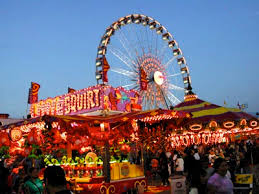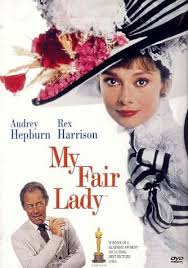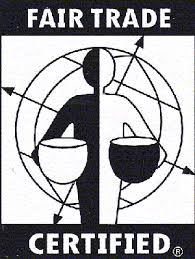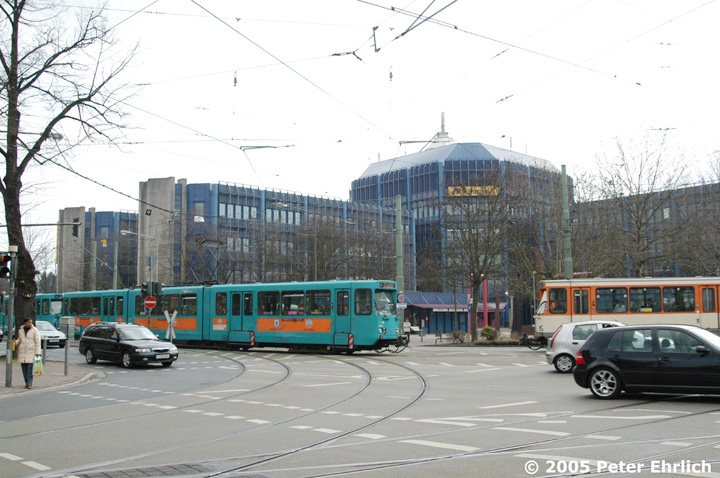I know you said there are exceptions to all of these. However, for the light rail category, if speed, articulation, coupling, ROW separation, and elaborate/high-platform stations are your distinguishing criteria, these things will blur your definitions:
Premetro?
"Light rail"?
Streetcar?
In another case, light rail or premetro?
Premetro should be defined solely on the basis of having rapid-transit-grade sections (subway, elevated, exclusive surface ROW with no grade crossings), and not whether the trams are coupled, articulated or "heavier" than streetcars, or whether the stations are high-platform or elaborate. This definition will fit more correctly with existing premetros (C-Train, SF Muni, Boston Green Line, Newark City Subway, Brussels premetro, and the German/Austrian stadtbahns and U-stadtbahns, etc). Also, your criterion of flashing lights and barriers is wrong, because the very examples you cited (Frankfurt and Stuttgart U-stadtbahns) do not have these, nor do most other premetros notably except for the Canadian ones. In fact, most of their aboveground stations are no more or less elaborate than Boston Green Line's "glorified transit shelters", except for the high(er) platforms.
A Stuttgart U-bahn train barrelling down an intersection without flashing lights or barrier gates:
Stuttgart U-bahn station, with low platform and nothing more than a "transit shelter":
Frankfurt U-bahn: premetro, light rail or streetcar?? (served by the same rolling-stock as the C-train)
I think one will also be hard pressed to find the rolling stock of the Brussels Premetro, or the PCC premetros of American cities, to be any bit more lumbering than LRT or even streetcar stocks:
I also think tram-trains and interurbans constitute a big enough class to be considered separately.
---
For HRT, a few minor things:
Another very successful MCS (medium capacity system) (just to get all continents covered) is Taipei Metro's Muzha and Neihu lines.
HK's metro would be MTR
urban lines, because its suburban lines - Tung Chung Line (orange), West Rail Line (pink) and Ma On Shan Line (brown) are more like your "regional metro" class (in fact MOS is technically an MCS right now). For suburban rail, KCRC no longer exists as an operator, it should now be MTR East Rail Line (even before the merger, KCR's other lines [WR and MOS] do not fit your "suburban rail" category, because they don't share tracks with other services).
Also, Tokyo's (and most of Japan's) metro, suburban rail and outersurban rail interline extensively and would not satisfy your ROW-exclusivity criterion.

















